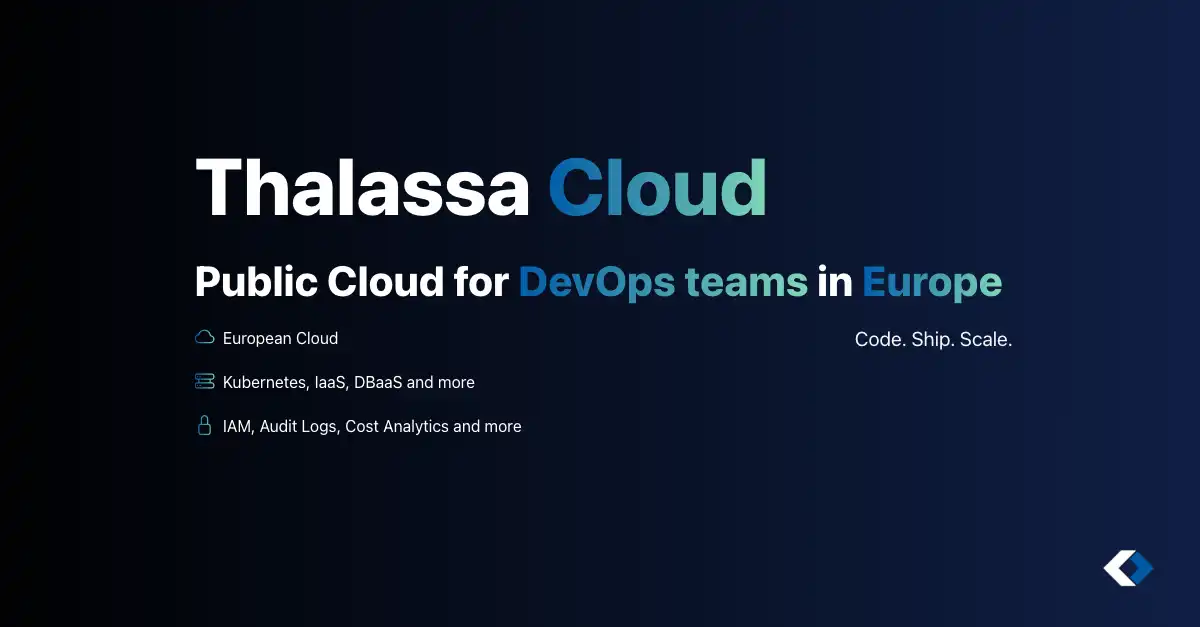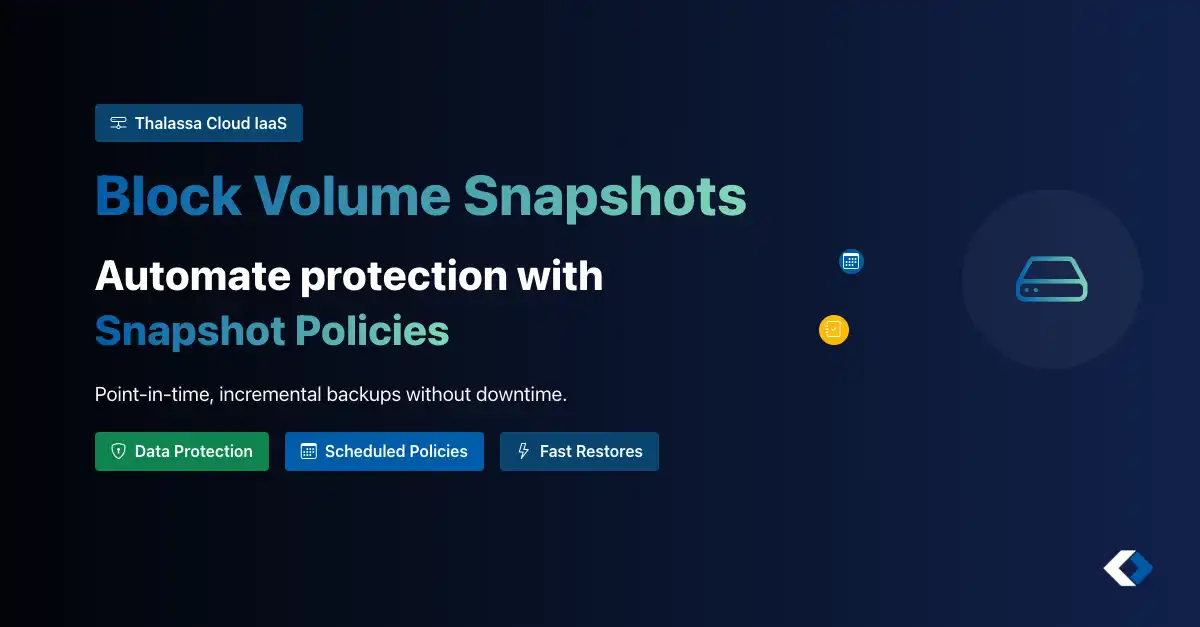Running Kubernetes in production means constantly updating your clusters. Upgrades are essential for security and new features, but they require careful timing. Move too quickly, and you might break applications. Delay too long, and you’ll fall behind on security patches and API updates.
Why Manual Upgrades Don’t Work
Manual Kubernetes upgrades are problematic for DevOps teams. They often lead to inconsistent results across environments and rely on a few team members with the necessary expertise. This inconsistency and reliance on specific individuals create knowledge gaps and configuration drift.
Manual upgrades don’t scale well. Each upgrade requires detailed planning, testing, and rollback procedures, consuming valuable engineering time and increasing risk in production environments.
The Speed Problem: Upgrades Are Accelerating
Your entire infrastructure stack is accelerating; container runtimes, operating systems, networking components, and more. What used to be quarterly releases are now monthly, with security patches appearing weekly across all components.
We are running more and more software, each speeding up with their releases and patches. Operating system or package patches are released weekly, and CoreDNS, CNI components, and runtime dependencies update continuously. Security patches appear within days of CVE discovery, and cloud providers push updates multiple times per month. In production-grade cloud environments, you can’t afford to manually manage this pace.
Why Delaying Upgrades Creates More Risk
Some teams believe that postponing upgrades reduces risk. We’ve found the opposite is true.
Delaying upgrades actually introduces more risk than patching often. Here’s why:
- Security vulnerabilities accumulate. Each day you run an older version, you’re exposed to known CVEs that have been patched in newer releases. The longer you wait, the more attack vectors you create.
- Breaking changes become bigger. Small, incremental changes are easier to test and rollback than massive version jumps. When you finally upgrade after months of delays, you’re dealing with multiple breaking changes at once.
- Compatibility debt builds: Applications and tools that work fine on older versions may have subtle incompatibilities with newer releases. Regular upgrades help you catch these issues early (or avoid them entirely).
The safest approach is to upgrade frequently, in small increments, with proper testing. This way, you’re always working with a known, tested state rather than playing catch-up with months of changes. When doing this, you will spend less time doing the patching, and more time being fully in control.
Why Frequent Upgrades Improve Reliability and Agility
Regular upgrades, done weekly or bi-weekly, enhance both reliability and agility by introducing smaller, manageable changes that are easier to test and rollback. This approach fosters quick feedback loops, allowing issues to be identified and resolved swiftly, thus minimizing human error and boosting team confidence. Smaller updates are easier to validate in staging, ensuring smoother production deployments.
Agility improves as frequent updates reduce technical debt, keeping you close to the latest security patches and features, and enabling swift adoption of new Kubernetes capabilities. This reduces time spent on major upgrades, allowing more focus on development. Regular upgrades also build team confidence, reducing the uncertainty of infrequent, large updates.
Frequent upgrades streamline the process, making each one faster and more efficient as teams gain experience. Scheduled maintenance windows make upgrades predictable and routine, eliminating the need for special planning and coordination.
European Public Cloud
DevOps-First Cloud
Deploy and manage your cloud-native applications with our European based public cloud. Access powerful APIs, Kubernetes orchestration, and DevOps tools designed for modern infrastructure.
GDPR Compliant
EU Data Sovereignty
API First
Terraform & REST API
Kubernetes
Self-Service Kubernetes as a Service
High Performance
NVMe Storage, CPU and network

 Thalassa Cloud
Thalassa Cloud


